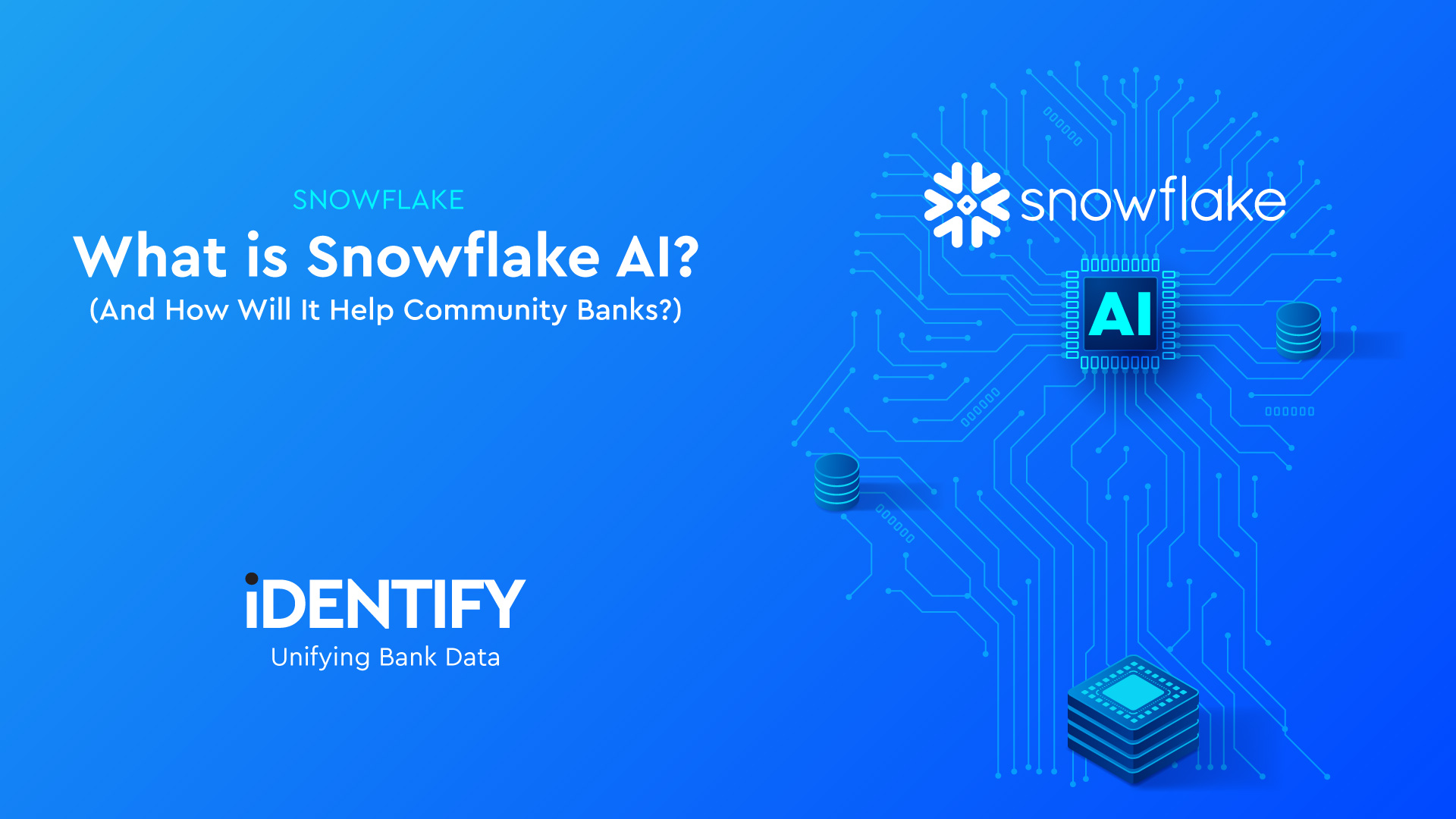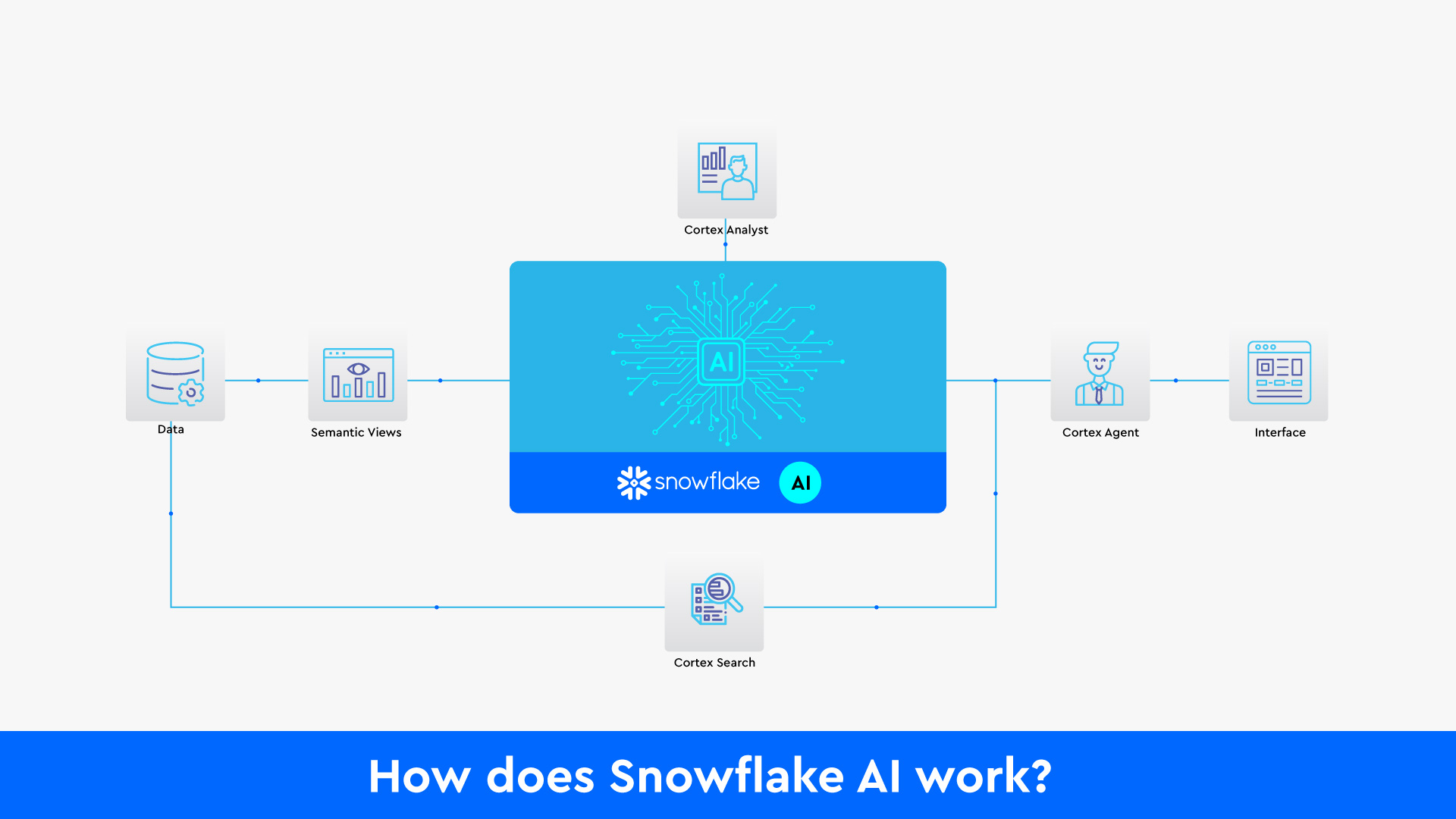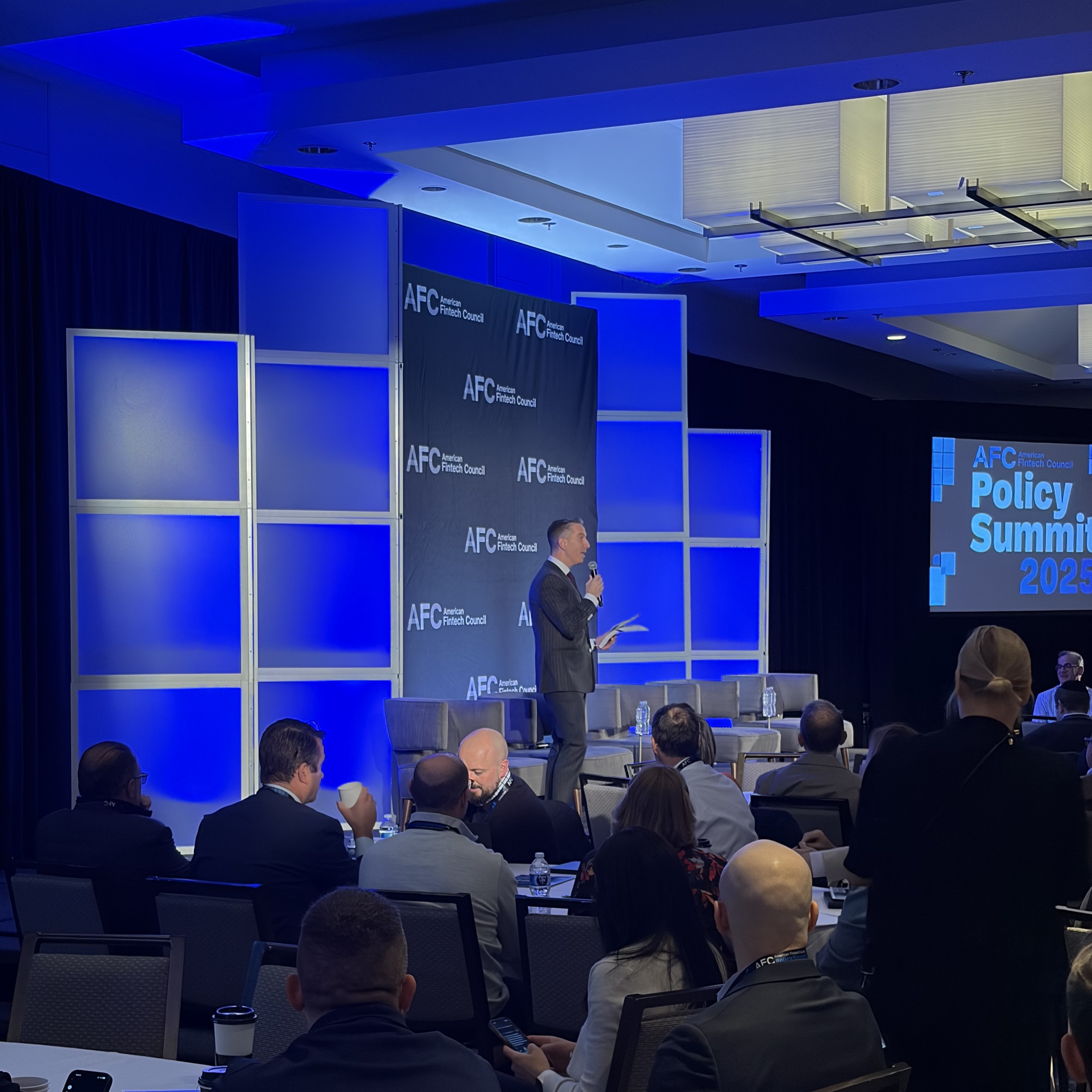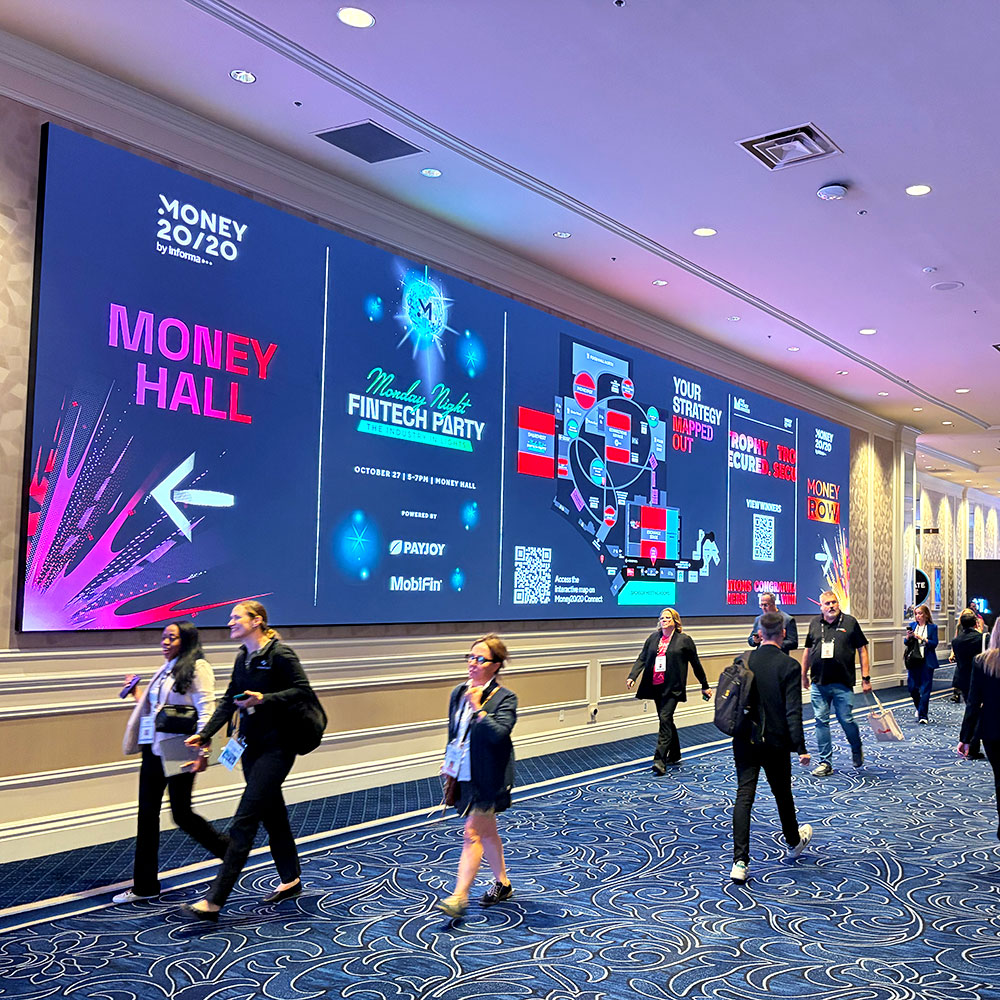
Banking leaders are expected to make confident decisions every day, whether it’s about branch performance, loan growth, or customer relationships. Those decisions often depend on information spread across a patchwork of systems from core banking platforms and loan origination software to compliance dashboards and marketing analytics tools.
Each system holds valuable insights, but together they form a maze that can be difficult to navigate.
The challenge is that not everyone in the organization has the time or technical skill to dig through each platform. Relationship managers may rely on IT or analysts to pull reports, while compliance officers wrestle with spreadsheets that don’t always align with operational data.
For example, a banker trying to reconcile a stack of loan documents at the same time they need to answer a board question about deposit trends across multiple branches. One system contains loan applications, another tracks daily deposits, and yet another manages performance dashboards. Each requires its own login, its own query language, and its own interpretation of the data.
This is the daily data challenge in modern banking. And it’s why we’re so interested in the potential of Snowflake AI.
What is Snowflake?
We are big fans of Snowflake around here. Snowflake is a cloud-based data platform. It’s not the only tool available to banks, but it’s the one we recommend because Snowflake’s elastic compute and storage model means you can scale analytics workloads as data volumes grow, without expensive hardware upgrades. As AI models improve, banks can add new algorithms or generative AI capabilities without replacing their data platform.
For bank leaders, the difference is simple:
- It’s cheaper than on-prem hardware, and you only pay for what you use.
- It scales instantly as your bank grows, so you don’t get stuck waiting on IT or buying servers.
- It connects easily to fintechs and modern tools, so you’re not locked behind closed systems when you want to launch new products or try something innovative.
In other words, Snowflake clears the obstacles of cost, scale, and integration, giving banks the ability to unify data in one place. That means fewer silos, faster reporting, less time spent in spreadsheets, and with Snowflake AI, insights that are more accurate, accessible, and ready to act on.
What is Snowflake AI?
Snowflake AI is the layer of built-in artificial intelligence and machine learning tools inside the Snowflake Data Cloud. Instead of moving sensitive financial data into outside AI systems, Snowflake AI brings the AI directly inside a bank’s secure, governed Snowflake environment.

That means banks and credit unions can analyze transactions, customer records, and compliance data without losing control of privacy or regulatory standards.
Picture this: Your compliance team receives a wire file from a fintech partner. It’s manually produced, so a missing column or mismatched totals can derail the reconciliation process. Normally, staff would spend hours combing through rows of data, sending emails back and forth before the file is usable.
With Snowflake AI in play, the workflow looks different. Staff could simply ask:
- “Does this file look right?”
- “Why don’t these totals add up?”
The staff member doesn’t need to know how to run SQL, doesn’t have to run a queries or write macros, Snowflake AI highlights anomalies right away. It doesn’t replace compliance checks, but it gives teams a faster way to spot issues, reduce friction, and move data downstream with confidence.
I think the fear is AI will replace people. But we don’t see that at all, we still need steady, human intuition. But we can free people from the manual grind so they can focus on oversight and strategy. Right where we need them to be.
3 Snowflake AI Use Cases for Banks and Credit Unions
1. Seeing Who Your Most Profitable Customers Are
Profitability reporting usually takes days of compiling spreadsheets and reconciling systems. With Snowflake AI, you can just ask: “Who is our most profitable customer?” and get the answer right away, complete with a breakdown of what’s driving that profitability. That gives leadership a cleaner view of where to invest resources and gives frontline staff more context when serving high-value customers.
2. Understanding Why Portfolios Grow or Shrink
Traditional reports show if balances are up or down, but they don’t always explain why. Snowflake AI can analyze deposit and loan data alongside customer interactions, everything from app usage to call transcripts, to answer questions like: “Is our portfolio growing, and what’s driving the change?” That context helps leaders spot new opportunities and act quickly if attrition signals start to appear.
3. Reconciling Data and Catching Errors Early
Every bank spends countless hours reconciling ledgers, catching errors, and double-checking reports. Snowflake AI makes it possible to ask: “What’s different about these two data sets?” and immediately see discrepancies or anomalies. That reduces manual effort, speeds up reconciliations, and gives compliance teams cleaner, exam-ready documentation.
Cortex AI framework: How AI Can Go Even Further
For teams looking to push into more advanced use cases, Snowflake AI can also:
- Automate document processing for loan files and financial statements, extracting key values across hundreds of pages.
- Flag anomalies in transaction files before they move downstream, helping prevent errors that ripple through compliance systems.
- Summarize customer service interactions so patterns of complaints or opportunities don’t get lost in the noise.
How does it do all this? Through Snowflake’s Cortex AI framework, which uses AI agents to connect data and perform tasks intelligently.
Think of these agents as highly trained digital employees. They don’t replace people, but they work alongside your teams to analyze data, summarize content, and surface insights faster.
Snowflake provides the Cortex framework and several core AI services you can use or extend:
- Cortex Analyst - Lets staff ask natural-language questions like “Which branches grew deposits fastest last quarter?” Snowflake translates the question into a query and returns a clear, data-backed answer.
Example: “What changed with loans this week?”
- Cortex Search - Finds insights in unstructured text such as call transcripts, loan notes, or compliance documents.
Example: “What are the top five reasons customers called the branch this month?”
- Cortex Agents Framework - The orchestration layer that connects structured data (deposits, loans) with unstructured content (documents, transcripts). It’s what enables AI “agents” to reason across different data types and respond contextually.
Example: “Which loan programs are generating the most customer inquiries, and what themes are emerging from those conversations?”
- Document AI - Extracts key information from loan applications, invoices, or financial statements so teams don’t waste hours on manual data entry.
Example: “Extract borrower names, loan amounts, and collateral types from this stack of loan applications.”
But What Does It Cost to Use Snowflake AI?
Snowflake AI is usually inexpensive if it’s set up with the right guardrails. For light use, running a few prompts might cost just five to ten cents each. If you need faster answers, scaling up compute power can bring a short session into the few dollars range. Heavy daily use, with frequent prompting across larger workloads, might run around $20–$40 a day.
The main expense isn’t the AI itself, it’s the compute warehouse Snowflake uses to process queries. Think of it like water: the pipes don’t cost much, but if you leave all the faucets running, the bill rises quickly.
The key is to be strategic: keep warehouses small, set them to auto-pause when idle, and track workloads. The real value shows up when you compare cost to time saved, like turning a two-hour investigation into a 30-minute task.
What Snowflake AI Is Not
- Not a replacement for dashboards
Dashboards give you a consistent, trusted view, the same answer, every time. AI doesn’t replace that role. It works best alongside dashboards, answering the follow-up questions you didn’t plan for. - Not a cure for messy data
AI can sometimes patch over bad data, but it’s slow, costly, and unreliable. The best results come from clean, well-modeled data. Think of it like a GPS: if the map is wrong, the directions will be wrong too.
AI Tools Need Data Architecture
AI models require consistent and well‑labeled data. Identify’s process ensures that data from multiple systems is integrated into a standardized schema with validation and audit logging.
Our team helps banks replace manual spreadsheets and batch processes with centralized data warehouses. Our methodology ensures that data sources (core banking systems, payments, card transactions and marketing systems) are integrated into a single data hub with governance and quality controls.
So what does this mean for AI?
Without strong data architecture, Snowflake AI can only give partial or inconsistent answers. AI innovation is new, and the right architecture gives your bank the opportunity to leverage the latest tools that make it easier and faster to browse spreadsheets and make sense of data (and of course, you’ll be prepared for the future when these tools have even more capabilities).
Learn more about our process and contact our team for a consultation.









